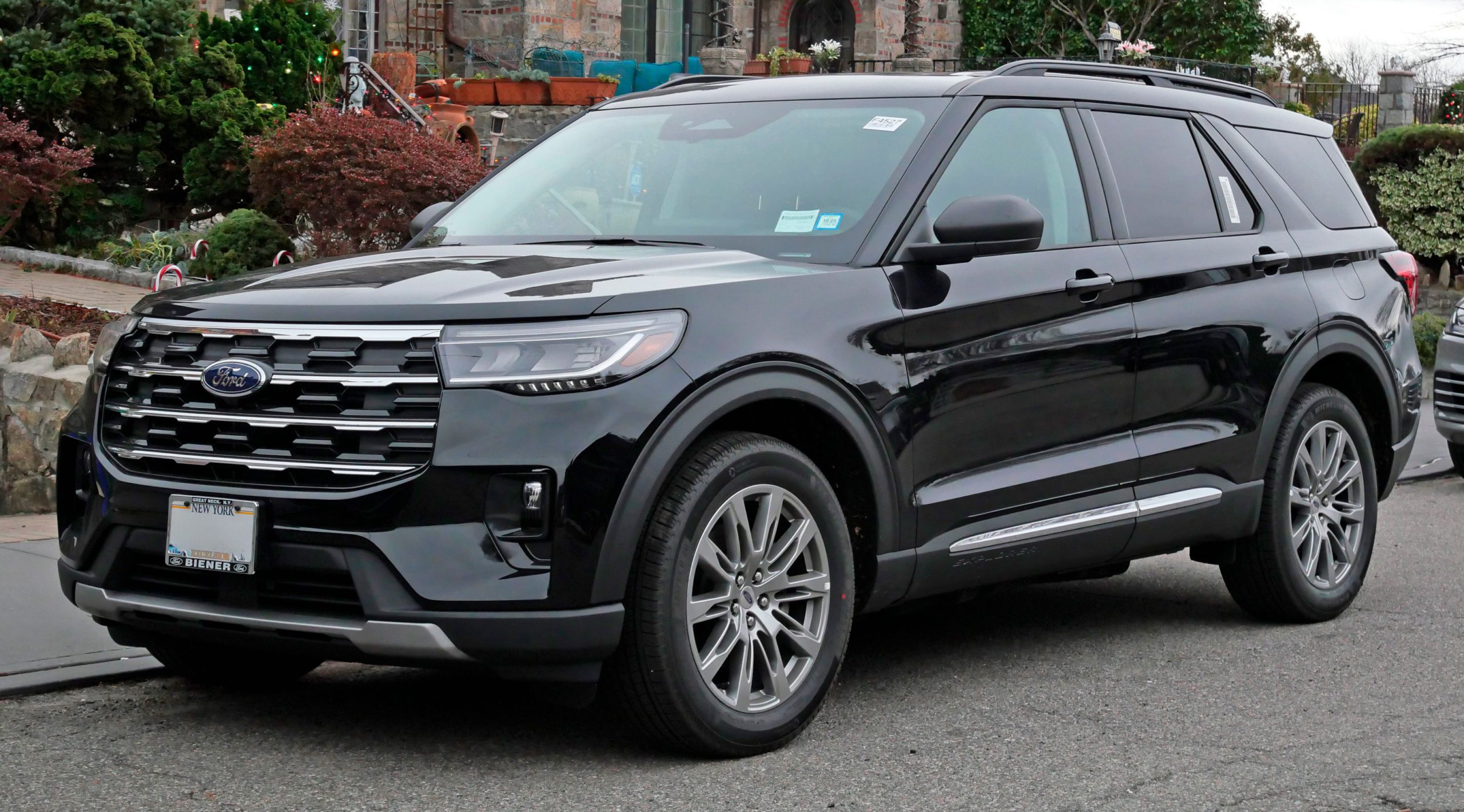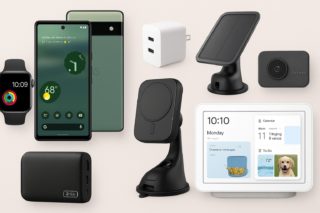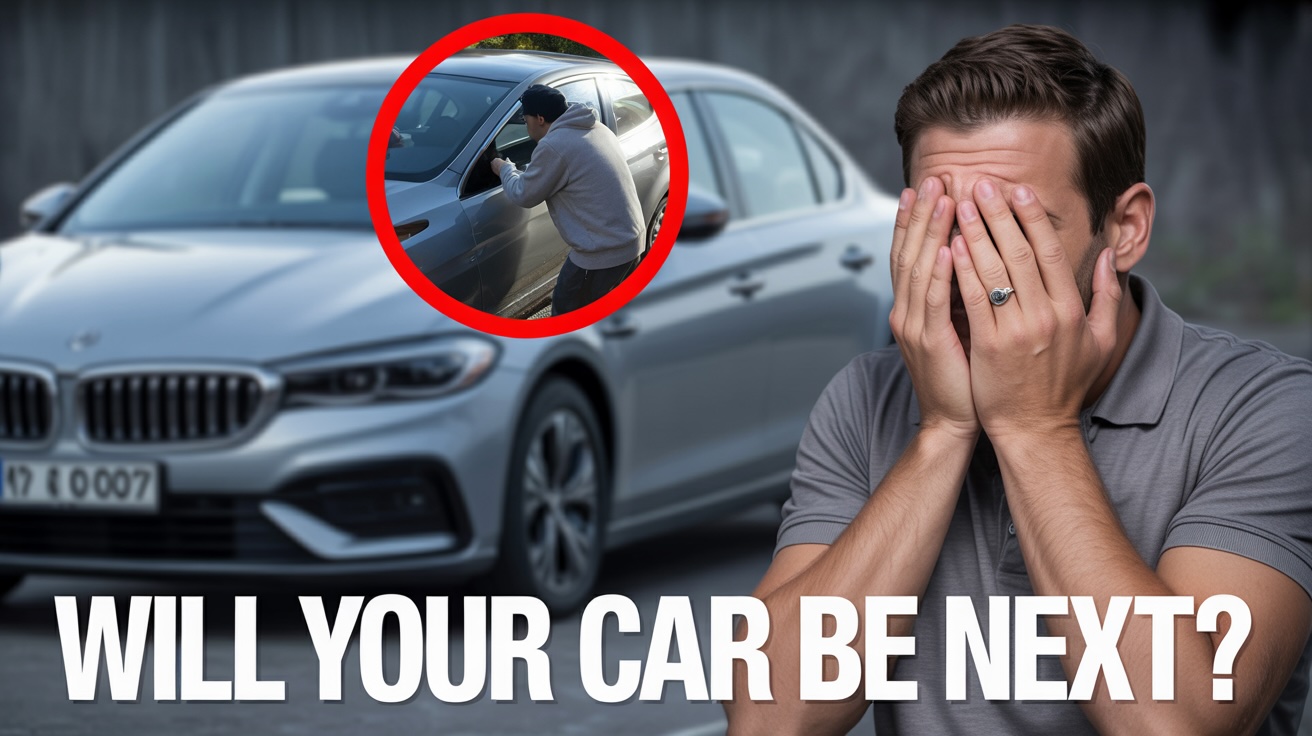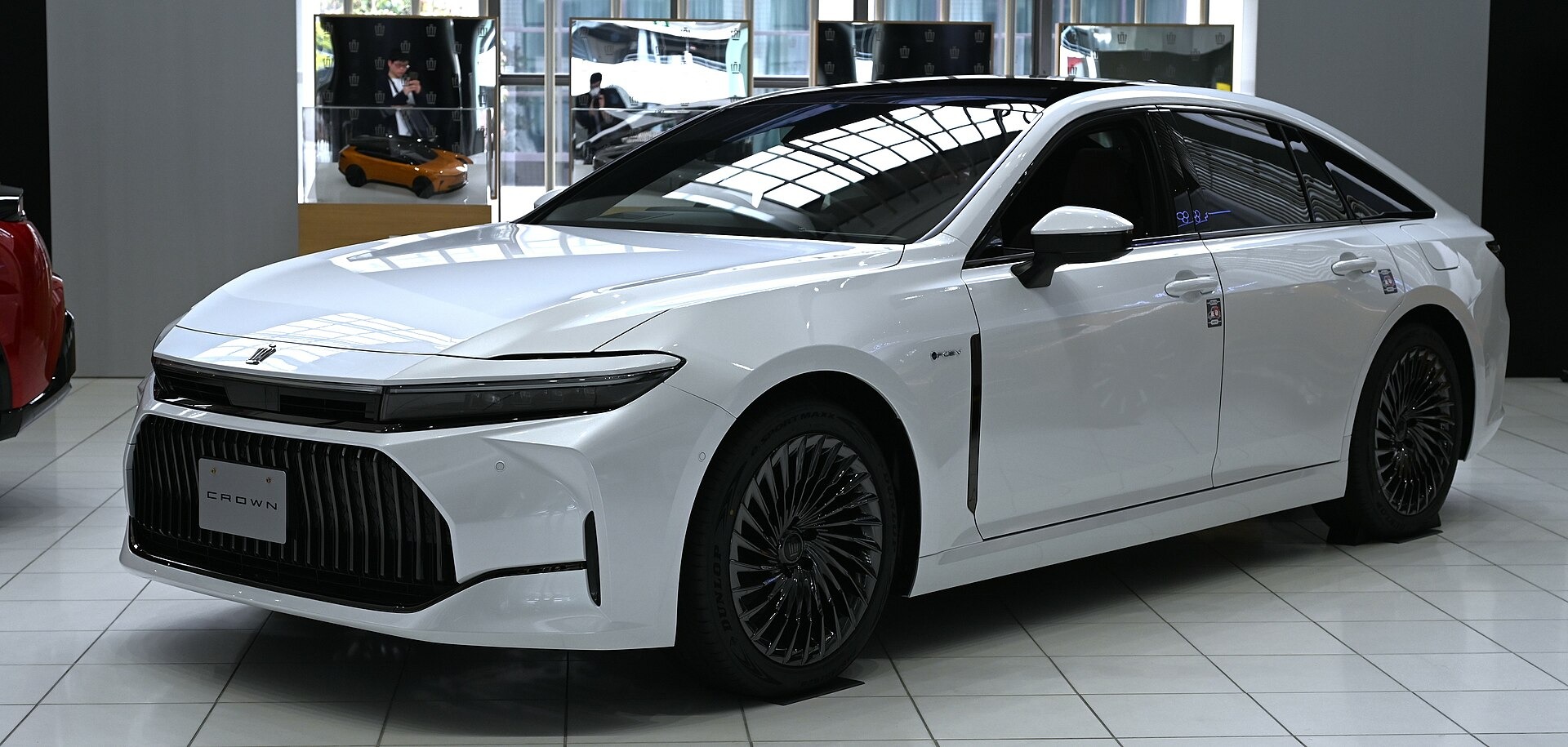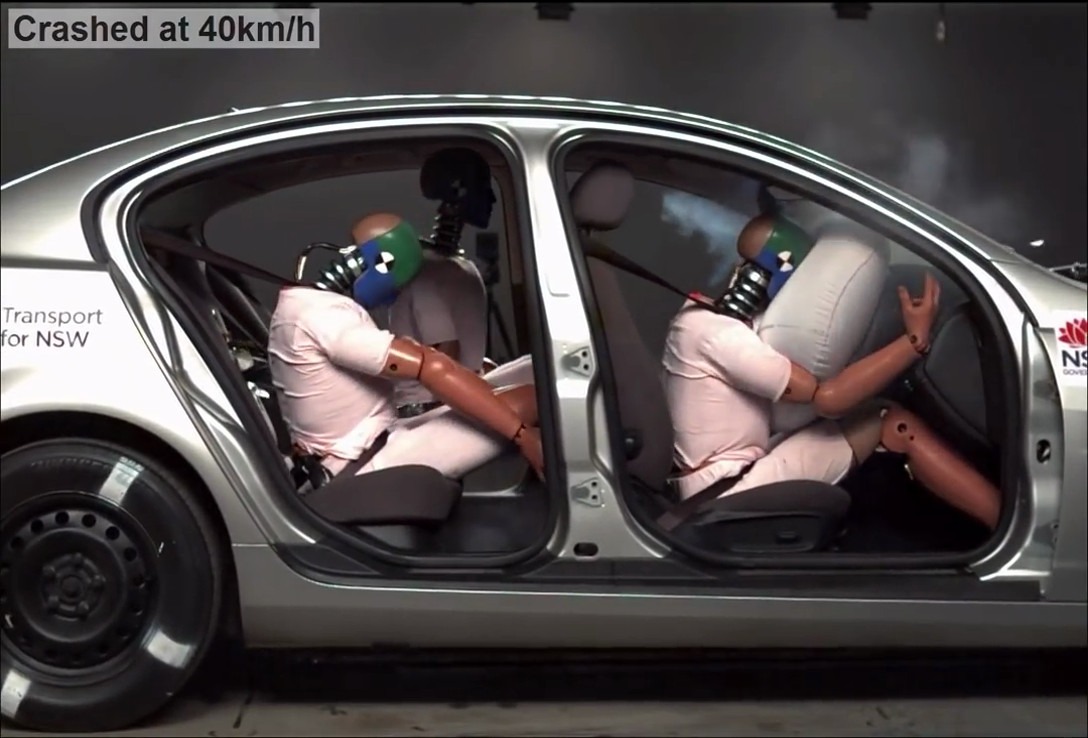What used to be financial suicide is now just Tuesday at the dealership.
Nearly one in five new car buyers—19.3% to be exact—now commits to monthly payments above $1,000, according to Edmunds. That’s up from a microscopic 2.4% in 2015, marking a sevenfold increase in less than a decade. This isn’t progress; it’s financial Stockholm syndrome where four-figure car payments have somehow become acceptable.
The Perfect Storm of Financial Pain
Higher loans, brutal interest rates, and vanishing incentives create the ultimate buyer trap.
The average new-vehicle loan hit an all-time high of $42,388 in Q2 2025, carrying a 7.2% APR across nearly 70 months. Those sweet 0% financing deals that once made luxury accessible? They’ve virtually disappeared, dropping to just 0.9% of new-vehicle loans. Down payments averaged $6,433. The math is ruthless.
SUVs and Pickups Drive the Madness
Ford F-150 buyers lead the charge into four-figure payment territory.
Over half of these $1,000+ payments (53.4%) go toward SUVs, while pickup trucks claim another 36.8%. The Ford F-150 tops the list of vehicles pushing buyers into payment hell. Americans’ obsession with bigger, higher, more capable vehicles has collided head-on with economic reality. You can’t haul your boat if you’re drowning in debt.
How We Normalized This Nightmare
The pandemic turned financial extremes into everyday occurrences.
The trajectory is staggering:
- 6.7% of buyers had $1,000+ payments in 2021
- 15.5% in 2022
- Continuing its relentless climb
Policy changes made things worse—the loss of federal EV tax credits and new tariffs eliminated purchase incentives just as prices soared. Now, 22.4% of buyers commit to 84-month loans or longer.
The Human Cost of Auto Debt
Rising delinquencies signal that the unsustainable has become inevitable.
Total U.S. auto loan debt reached $1.655 trillion, with delinquencies hitting historic highs in early 2025. Subprime borrowers face average payments of $795 monthly—even super-prime borrowers pay $727. As Edmunds analyst Jessica Caldwell noted, “We have never seen car payments this high and keep rising.” The system has created a cycle where desperate consumers need transportation to survive, but the cost of that transportation threatens their financial survival.


